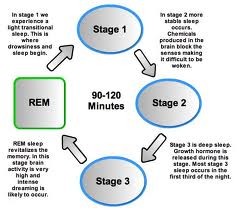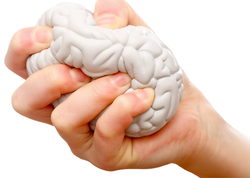Most people go to sleep without knowing exactly the things that go on while they were sleeping. People experience a few dreams and eventually wake up without even remembering some of them. In fact, there are a lot of things that people are unaware of during their sleep.
The sleep cycle is made up of two distinct phases namely the REM sleep and the Non-REM sleep. REM is defined as rapid eye movement since this is a common characteristic that occurs during this stage of sleep. The Non-REM phase encompasses all the other stages of sleep. The REM stage is also the period or phase where people encounter dreams. It is also the time when the major muscles of the body become frozen or paralyzed. According to studies, freezing of the body is a natural reaction to prevent harming others by acting the scenes in the dreams.
Aside from this, there are also some specific brainwave patterns observed during the different periods of sleep. These things make it easier for people to identify the REM stage. On the other hand the NREM is divided into three sub-phases. Before, the division is composed of four different stages. However, the N3 and N4 stages were later on combined into a single group. The letter “N” simply stands for Non-REM.







 How The FDA Approves New Medicineson 08/16/2013
How The FDA Approves New Medicineson 08/16/2013
 10 Tax Mistakes Business Owners Makeon 08/05/2013
10 Tax Mistakes Business Owners Makeon 08/05/2013
 Accessories For Traveling With Jeweleryon 02/12/2013
Accessories For Traveling With Jeweleryon 02/12/2013
 The Relationship Between Fish Oil And Dry Eyeon 08/01/2012
The Relationship Between Fish Oil And Dry Eyeon 08/01/2012



Comments